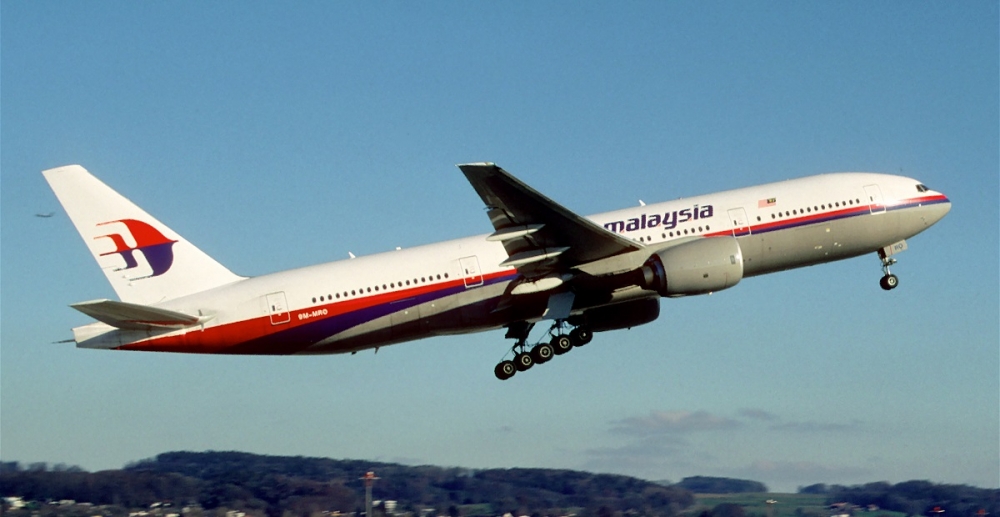The University of Western Australia, which predicted the landfall of debris from MH370 well over two years ago, has identified a precise location of where it believes the Boeing 777 crashed on March 8, 2014.
On the eve of the third anniversary of the plane's disappearance with 239 aboard, UWA’s Professor Charitha Pattiaratchi, said that its reverse drift modelling put the location of MH370 “at Longitude 96.5 E Latitude 32.5 S with a 40km radius.”
This UWA location is at the northern end of a new area of 25,000sq km identified late last year by the Australian Transport Safety Bureau as the most likely impact point for MH370.
READ: MH370 search must resume
That new area was arrived at through an independent analysis of the satellite data and the drift analysis from the CSIRO and is close to what is called the 7th arc and bounded by latitudes 33°S to 36°S.
The ATSB and its partners have spent over two years searching an area of 120,000sq km in the Southern Indian Ocean which was based on the hourly satellite communication with the Boeing 777 whereas the new areas of interest overlay reverse drift modelling from the debris finds on the 7th arc.
“Of the 22 pieces of debris found the location of 18 were predicted by the UWA model,” said Mr Pattiaratchi.
Despite the new analysis from the Canberra meeting, released in ATSB’s First Principles report in December, Federal Transport Minister Darren Chester, on behalf of the Chinese and Malaysian governments killed off the search.
Mr Chester said the new area identified was not specific enough, which provoked ridicule from around the globe.
The parties involved in the ATSB-led search for MH370 include the British and US crash investigation agencies, Rolls Royce, Boeing, Thales of France, Inmarsat of the UK and the CSIRO.
The ATSB said in December that “the participants of the First Principles Review were in agreement on the need to search an additional area representing approximately 25,000 sq km.”
It added that “based on the analysis to date, completion of this area would exhaust all prospective areas for the presence of MH370.”
Also exhausted is debris hunter Blaine Gibson, who announced last week that he had given up his one-man crusade to find MH370.
Mr Gibson has found over 20 pieces of suspected debris but has received death threats and been accused of planting debris.
Recently Mr Gibson said he was disgusted at the attitude of the Malaysian government in calling off the search and its reluctance to pickup debris he had found.
“ It’s comical, and it’s tragic,” Mr Gibson said.
The relatives of the victims of MH370 have announced a crowd funding campaign to raise US$15 million to continue the search.
























